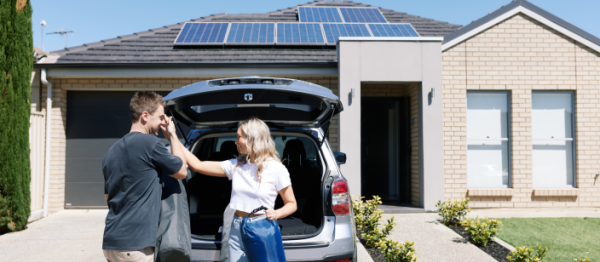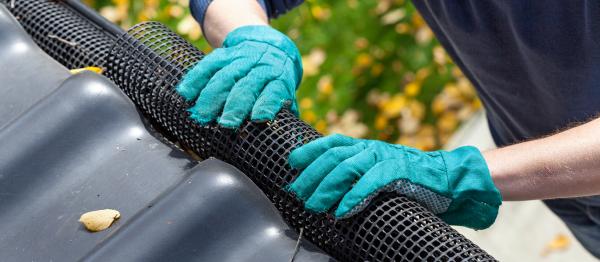This article was originally published in October 2021 and has been updated.
Share this story:
A home is more than just the structure of a building. It’s a place that fulfills our most fundamental needs – safety and shelter. It’s a sanctuary that offers a sense of place and comfort from all that occurs in the outside world. So, it’s important to protect it – and that's where home insurance comes in to play.
Insurance for your home is designed to help cover you financially in the event of loss or damage to your home or belongings as a result of an insured event. There are three main types of home insurance available:
Home insurance covers the building itself, but also includes permanent fixtures that make up your home, like your kitchen cabinets, bathroom vanity, plumbing or floating floorboards. Depending on your policy, other structures like your shed, garage, fences and in-ground pool may be covered too.
Contents insurance covers personal belongings inside your home. This can include things like whitegoods, furniture, clothes, jewellery and carpet. (This would be the only home insurance a renter would consider, for example.)
Home and contents insurance combines all the above in one policy.
An insured event refers to the type of events that are covered by an insurance policy, and these can be found in a document called a Product Disclosure Statement, or PDS for short. Examples can include fire, theft, storm, malicious damage, impact damage (such as a falling tree) or escape of water (like a burst pipe).
Good question. There’s no one answer, but, understanding the sum insured can help you on your way. Put simply, the sum insured is the estimated amount of what it would cost to repair or replace your home and/or its contents after an insured event.
The sum insured is usually the maximum amount your insurer will pay to repair or replace your home and/or contents after an insured event. Keep in mind that some benefits might be paid for on top of that amount. Always read the PDS for a full understanding of the limits and values that apply to you.
Try to insure your home and its contents based on its current value and make the most of online home-value calculators to help you work out the estimated value of your home and assets. It’s important to try and get your estimate as close to accurate as possible, to help you avoid overpaying, or being left underinsured
Underinsurance is common, and it usually occurs when the replacement value of a property or belongings have not been properly calculated.
You’re considered underinsured if there’s a gap between the actual cost of replacement versus what you’re covered for under your policy, but there are some simple things you can do to help avoid it.
When estimating the value of your home, factor costs for construction including materials and labour, and any additional outbuildings, sheds, fencing or pools on the property.
Consider land features like slopes or difficult access as this can add to costs.
Update your insured amount if you renovate or add new features.
For your contents, consider assets by room as well as category. For example, kitchen utensils and appliances, laundry equipment and machines, entertainment and electronics, memorabilia and jewellery, clothes and bedding, and so on.
Once your home insurance is sorted you can relax, right? Well, to an extent. It’s important to regularly review your policy to keep up with changes or additions you introduce to your home to make sure you’re adequately covered.
All content on the NRMA Insurance Blog is intended to be general in nature and does not constitute and is not intended to be professional advice.


